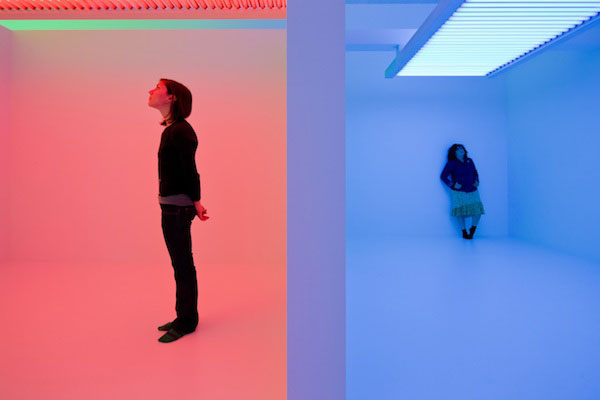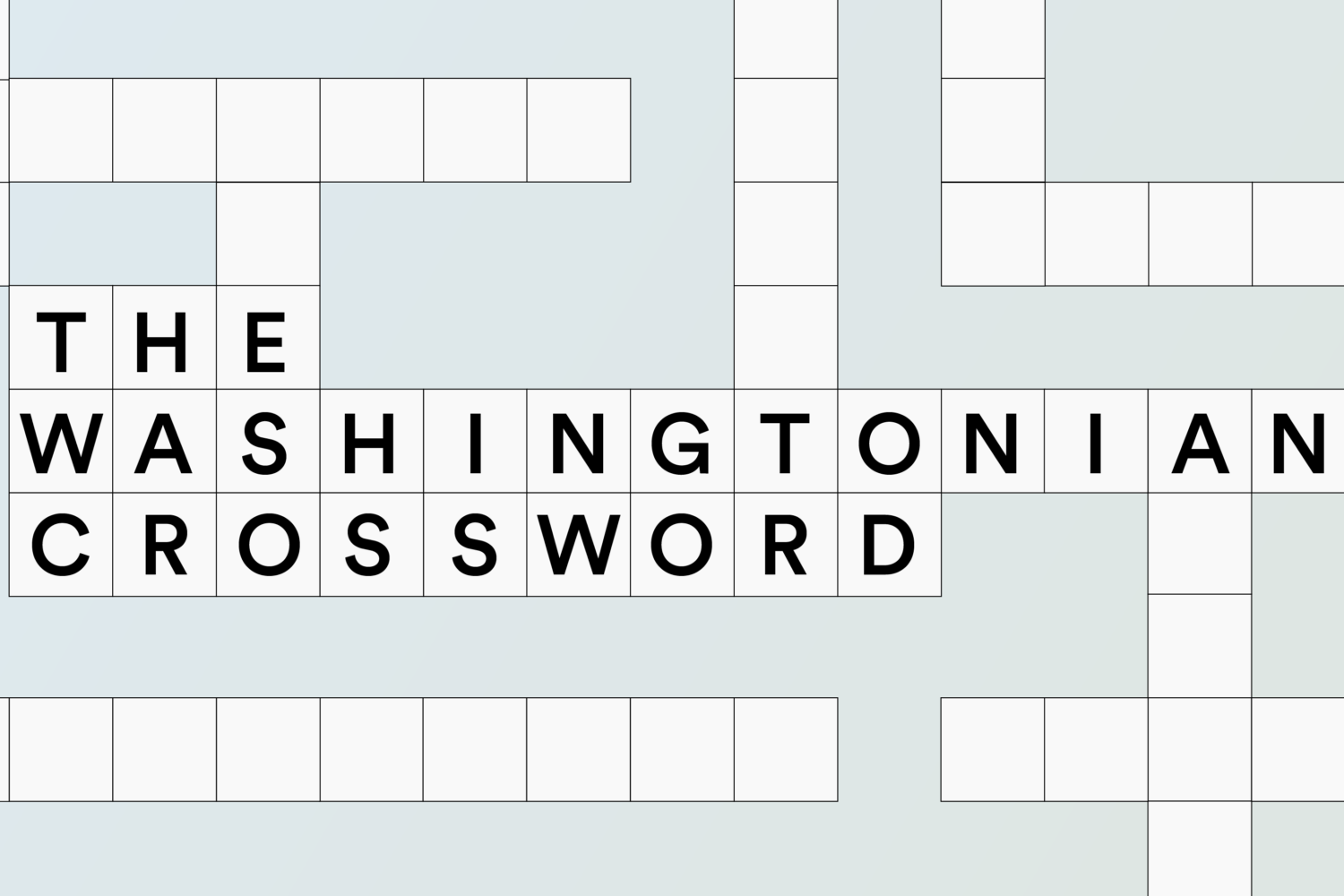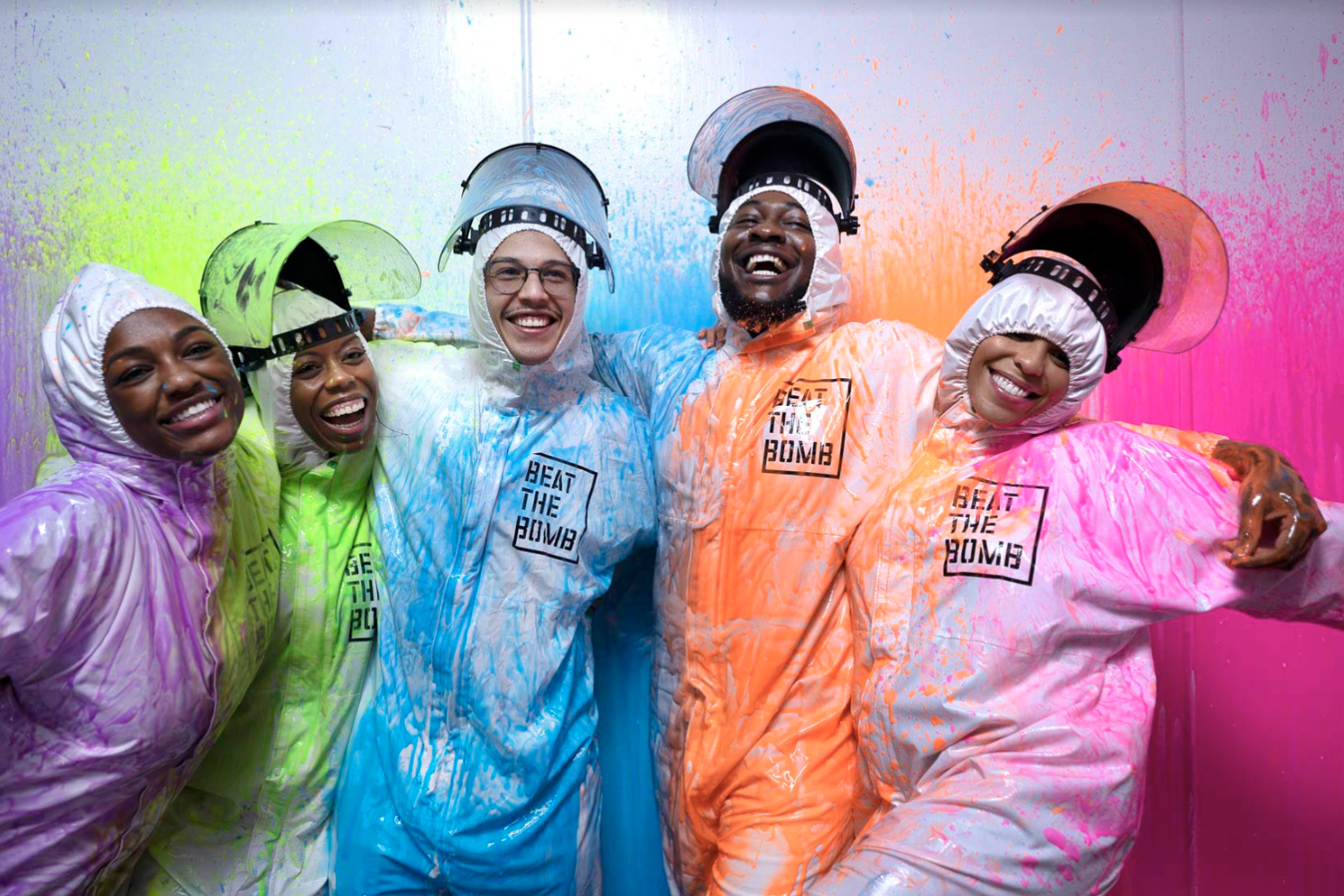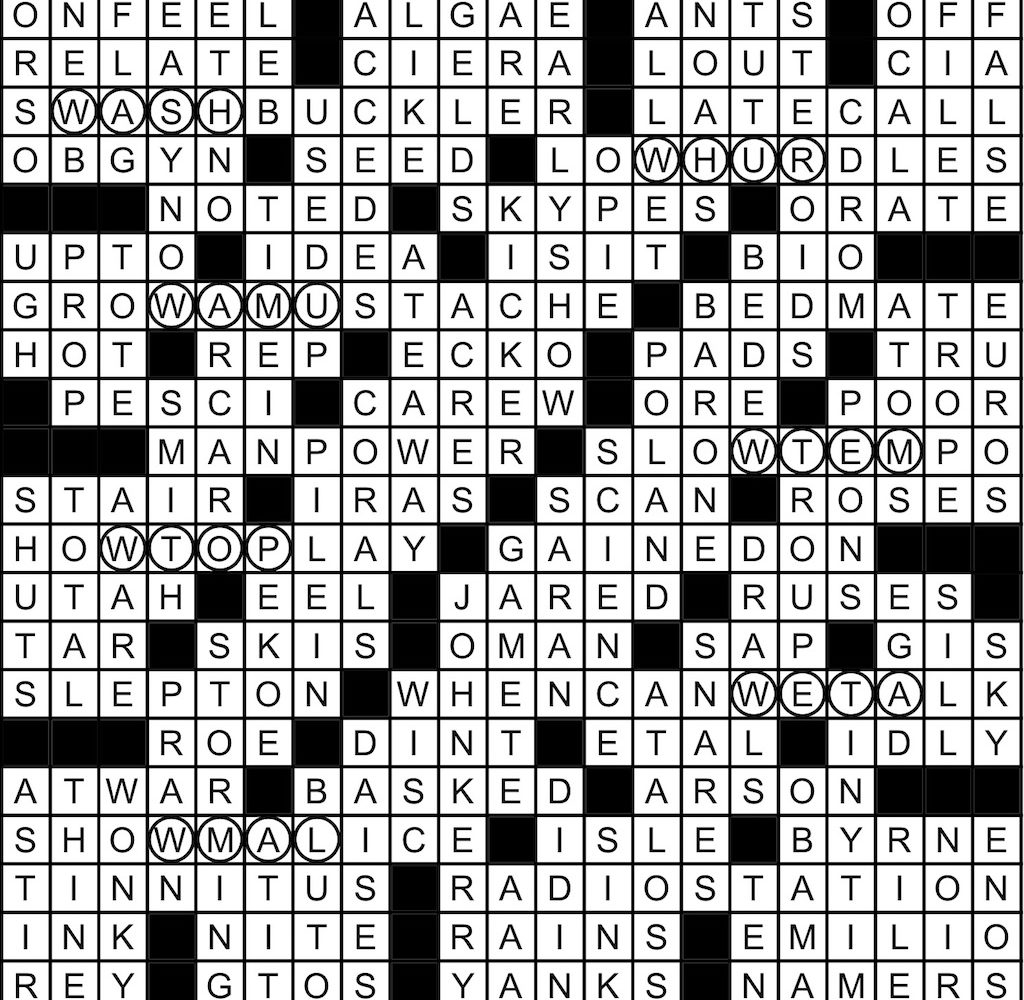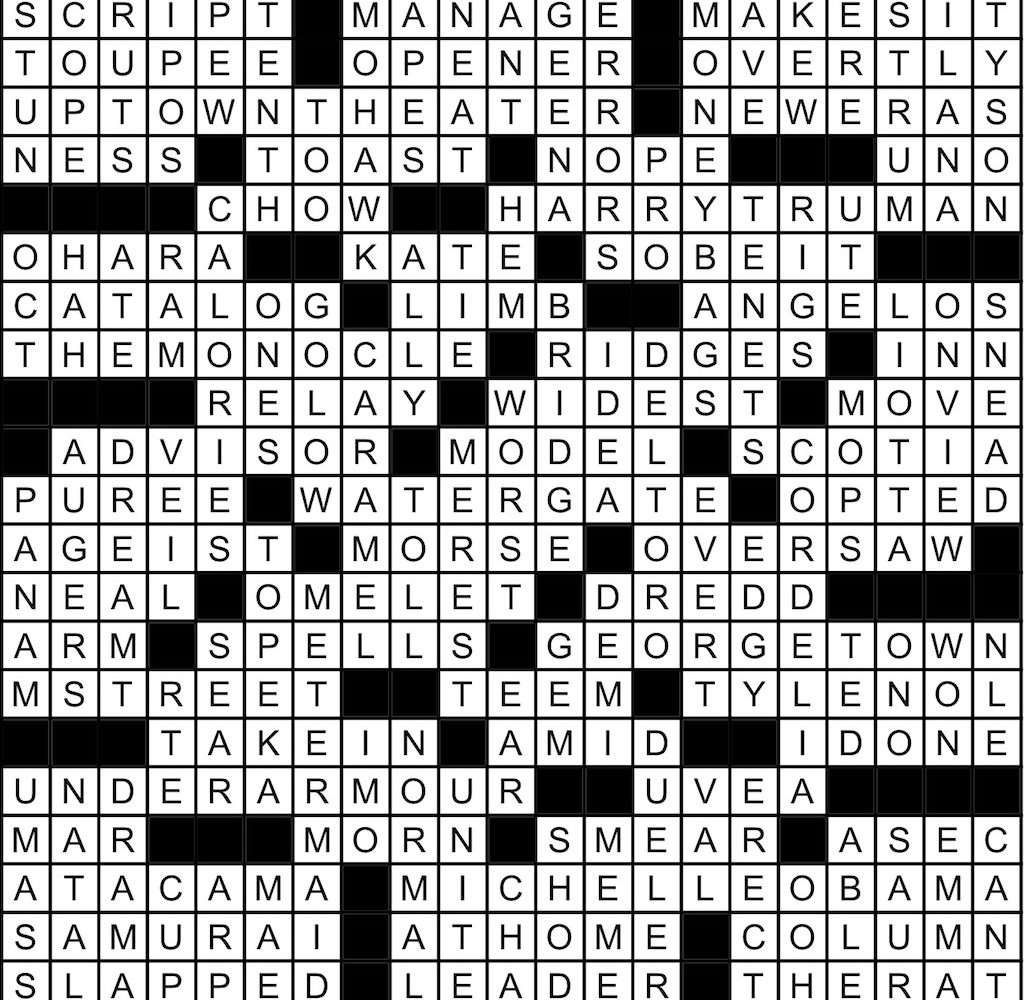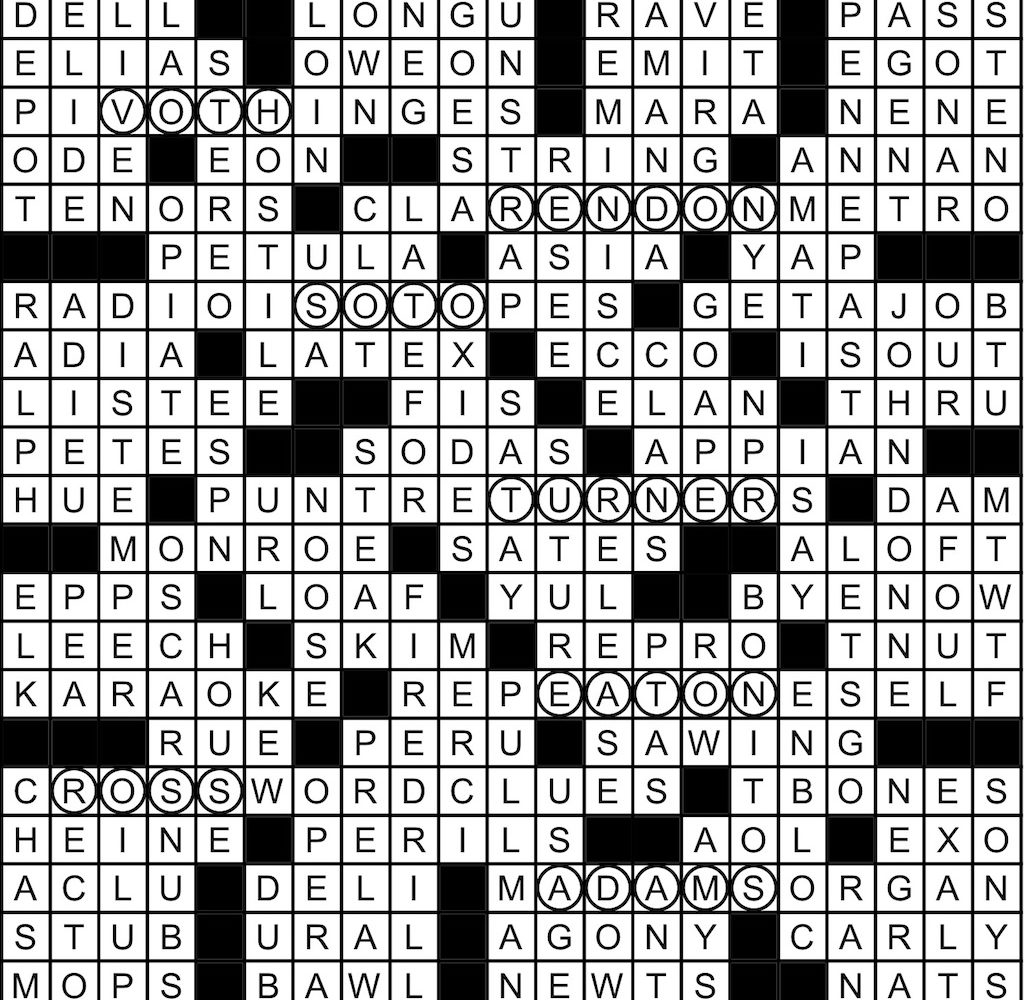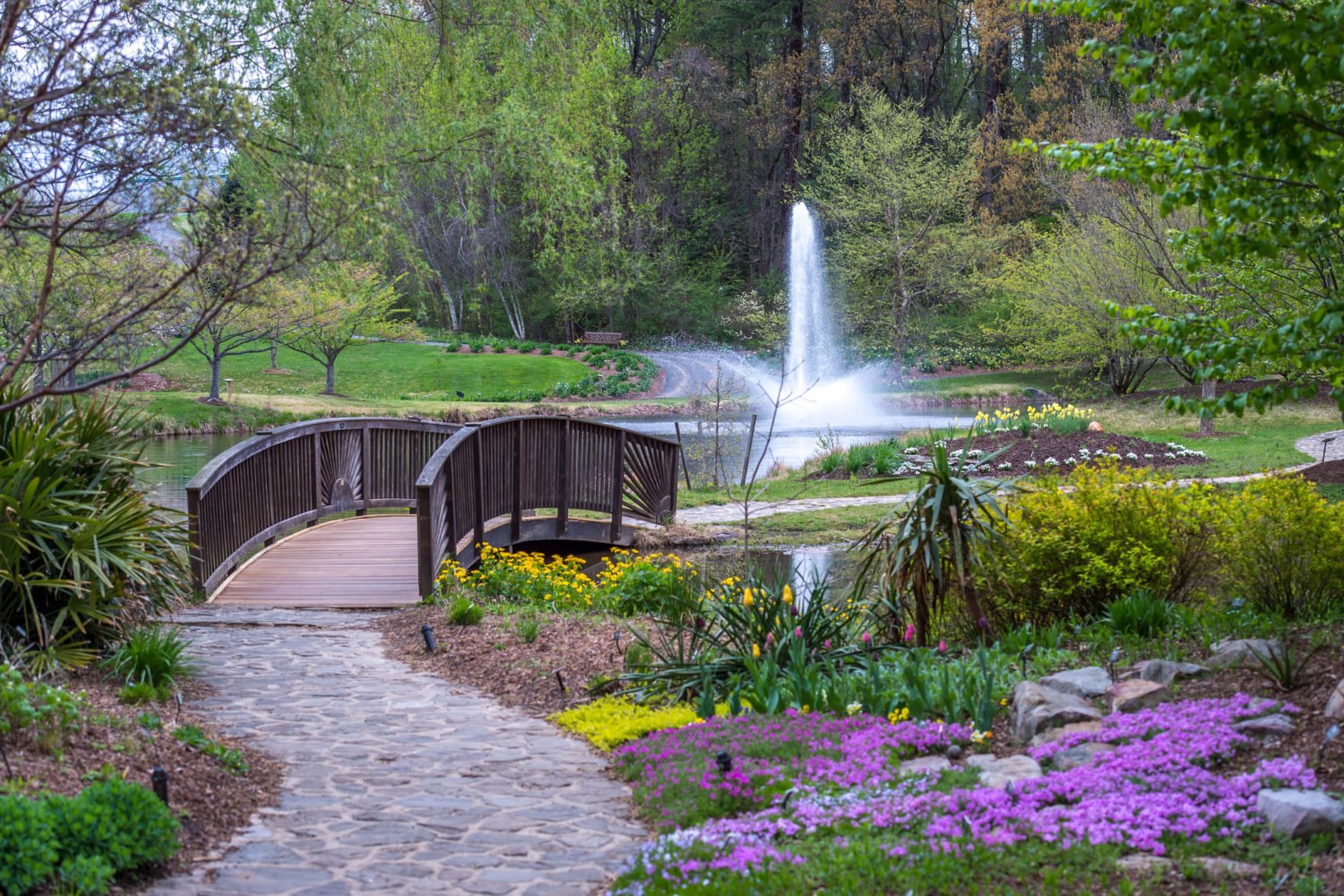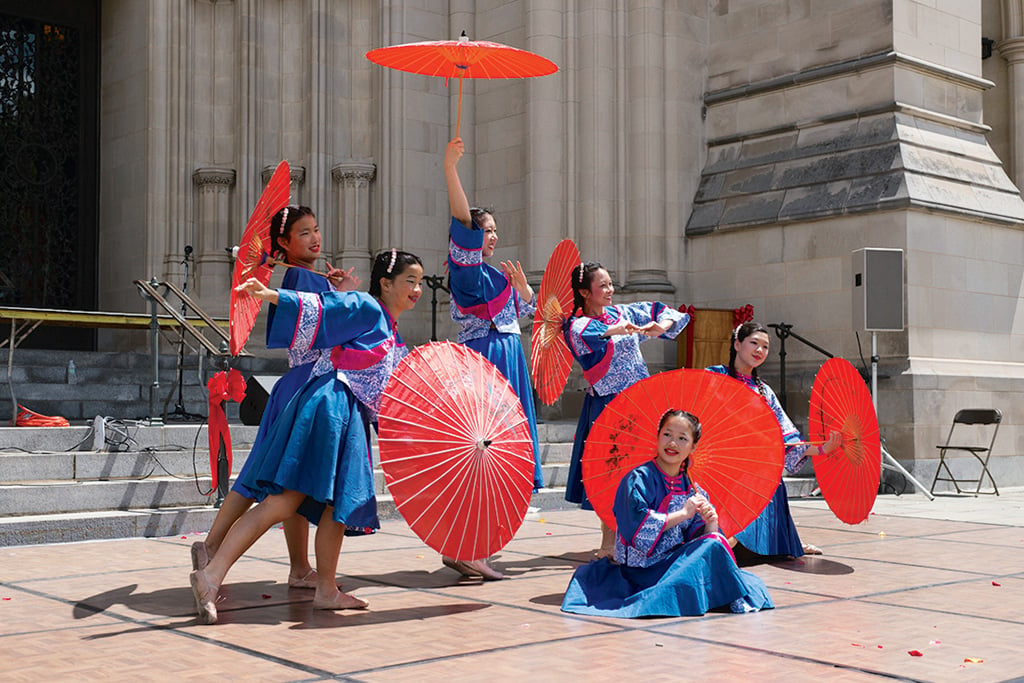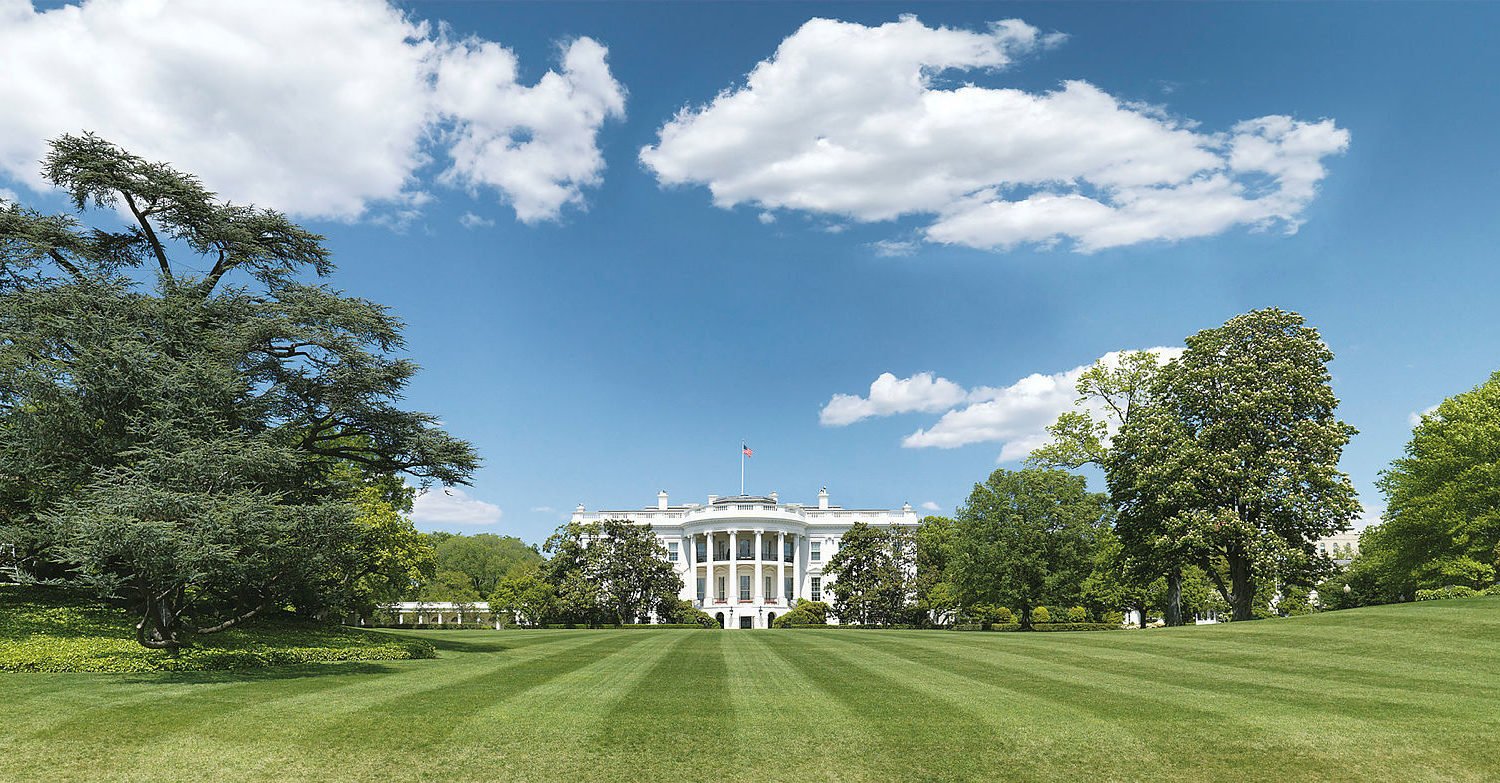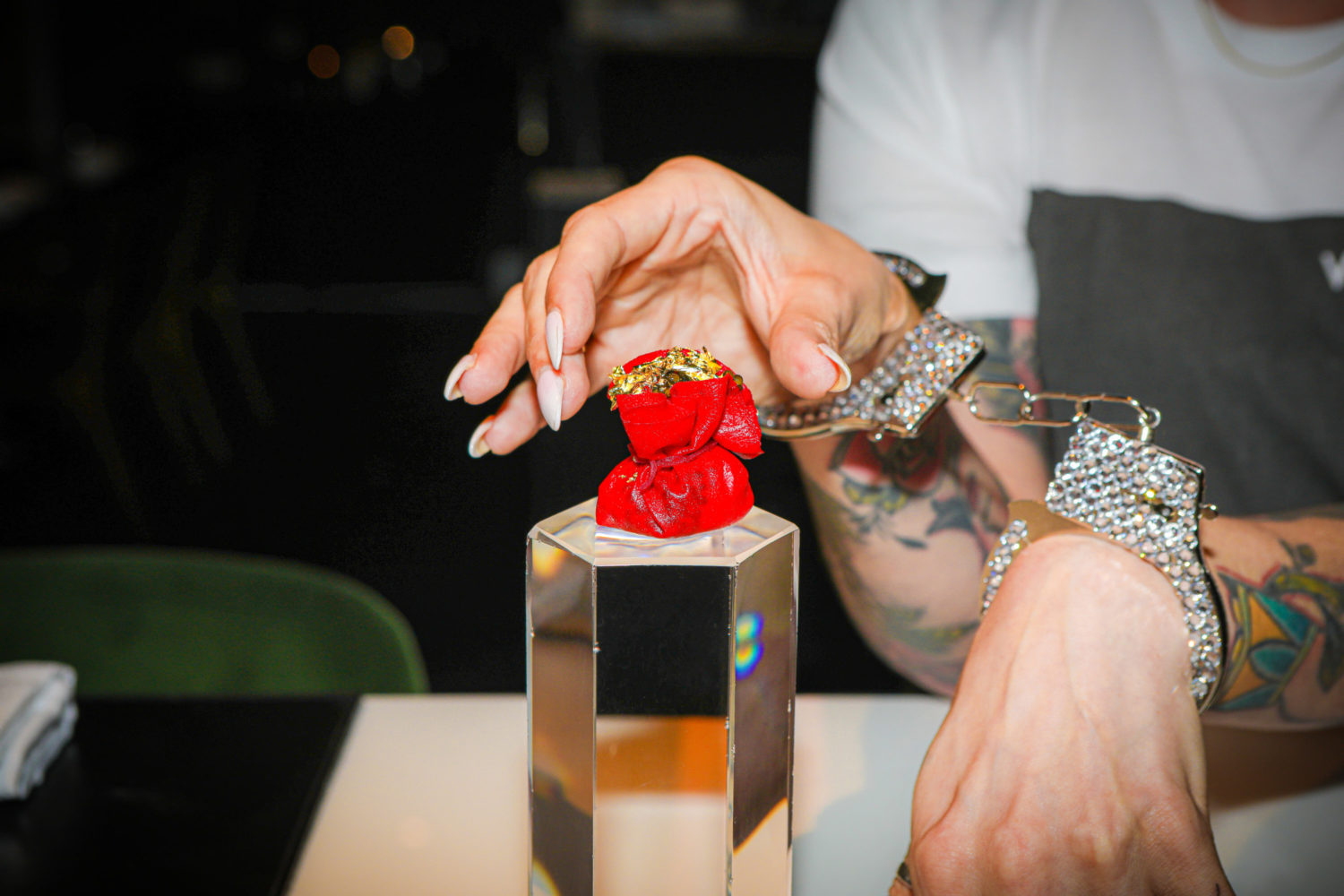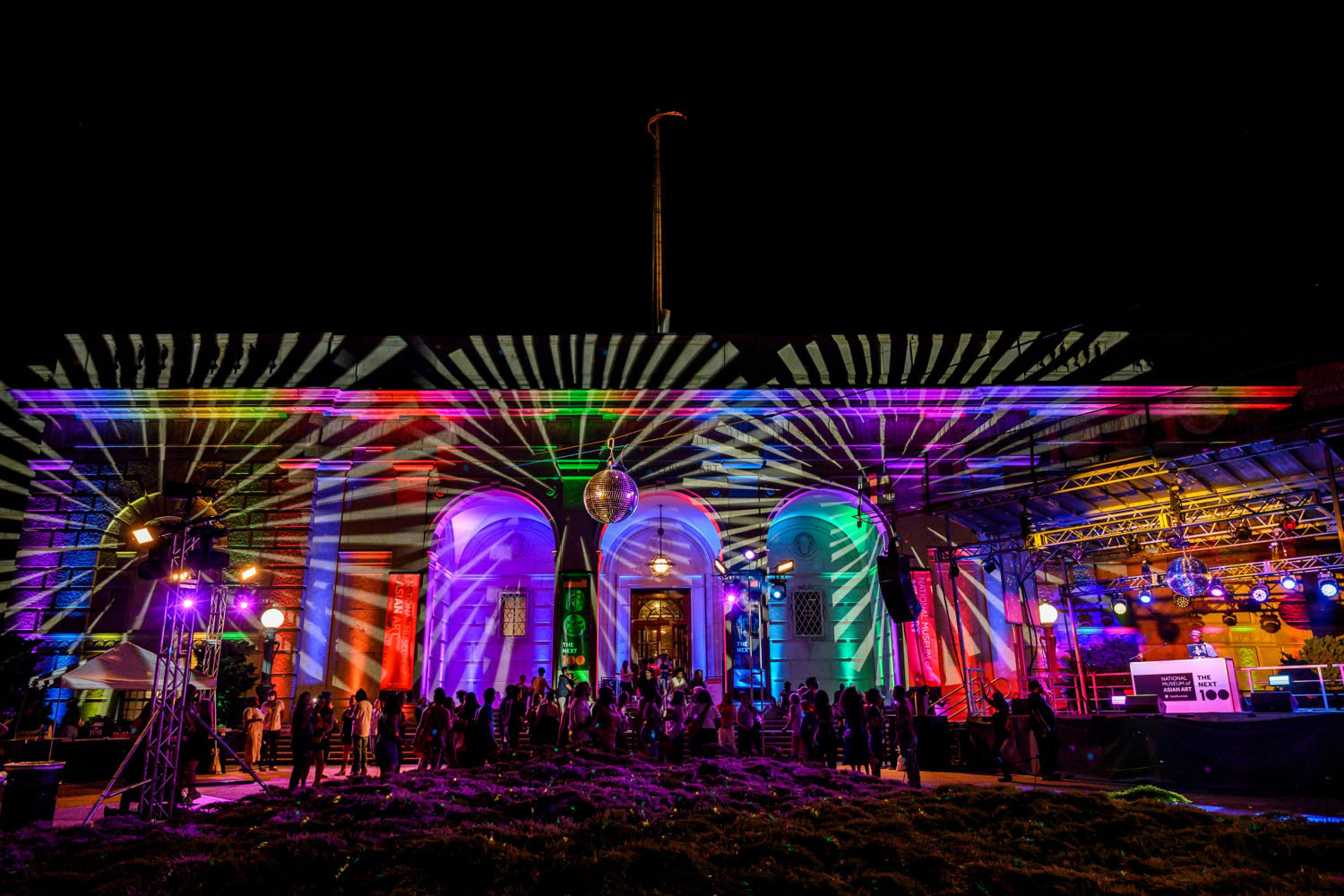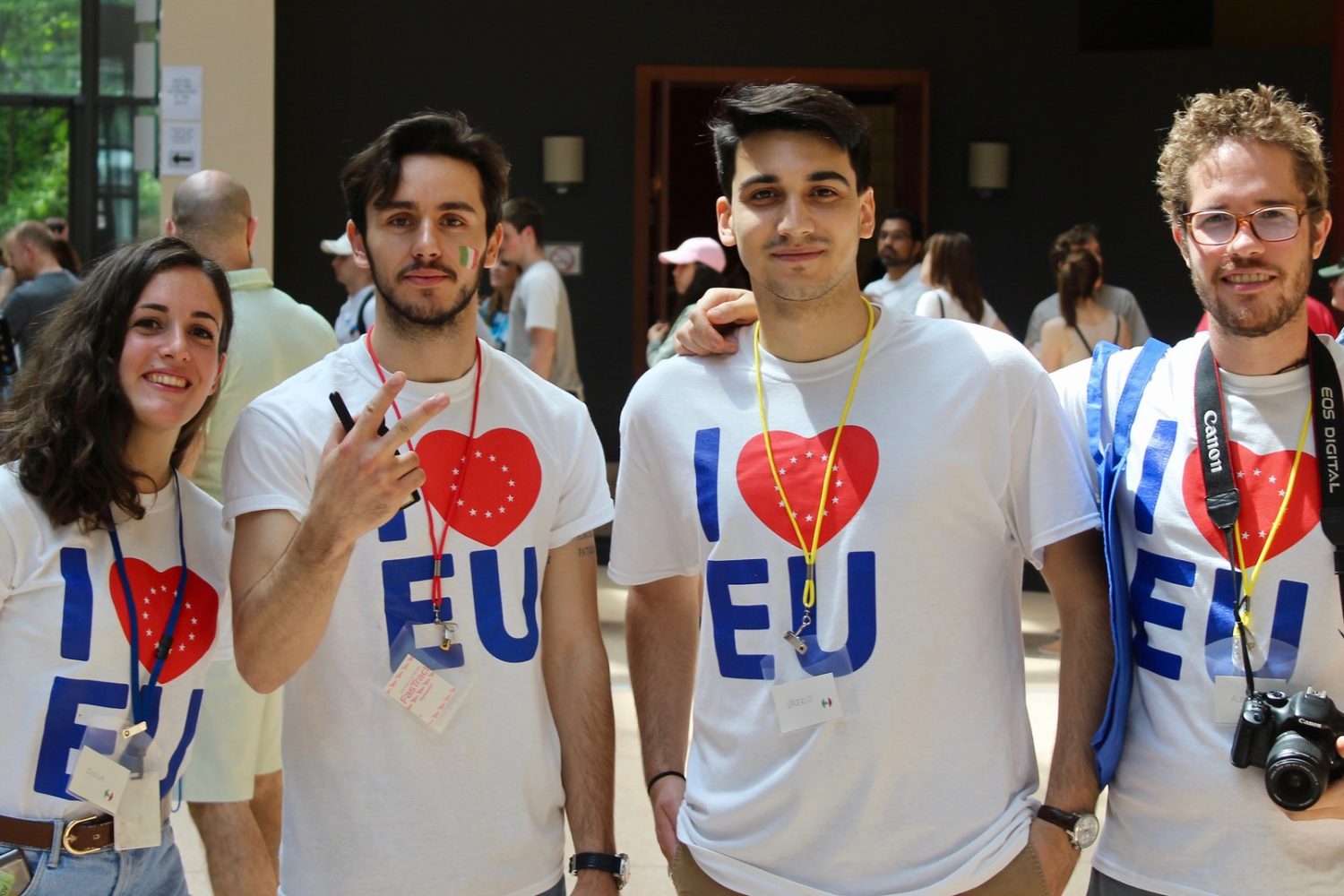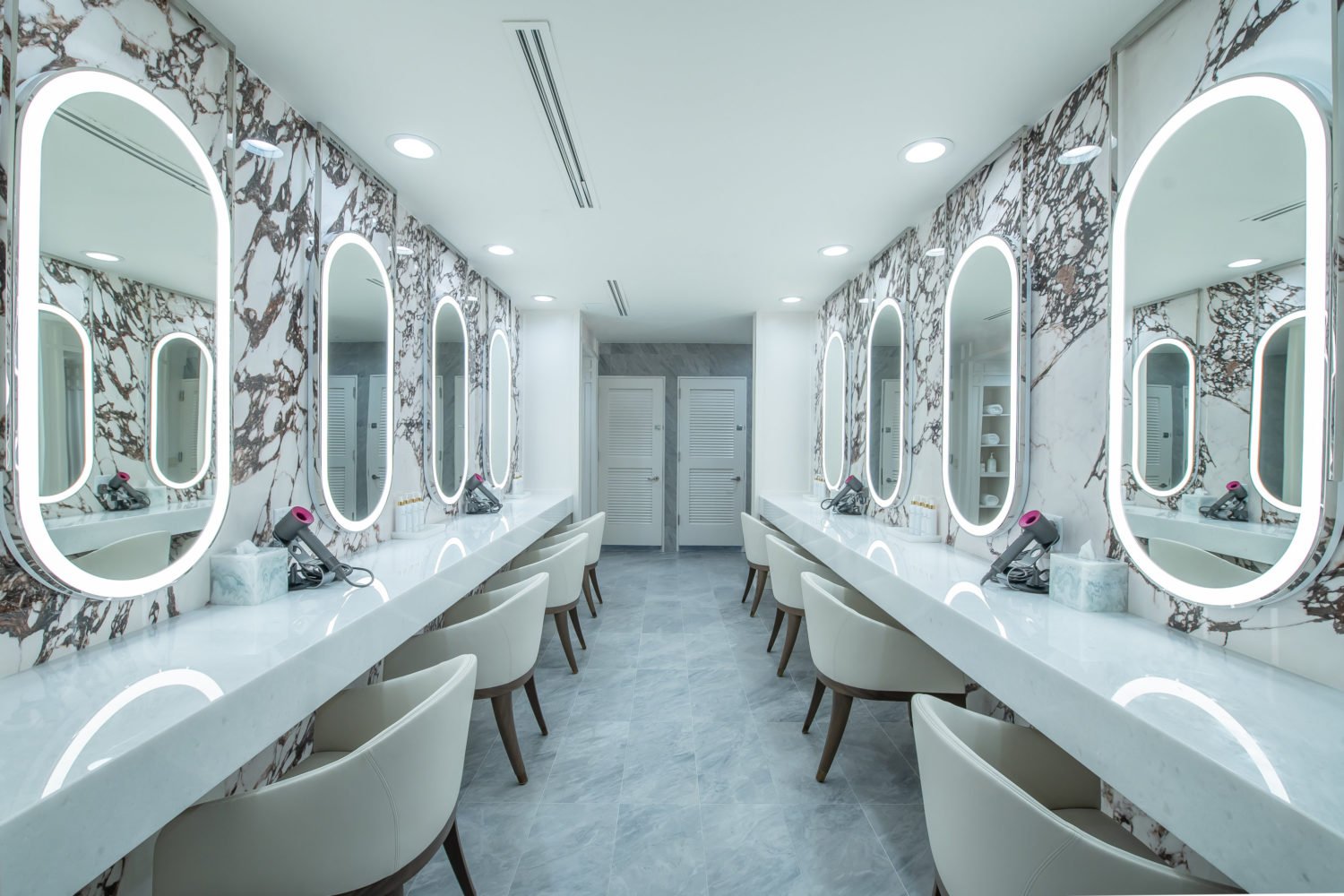Carlos Cruz-Diez’s “Chromosaturation.”
“Suprasensorial: Experiments in Light, Color, and Space,” the Hirshhorn Museum’s new exhibition of five groundbreaking Latin American artists, starts in a deceptively understated manner. Walking into the gallery, visitors see four works adorning the walls: two by Lucio Fontana and two by Jesús Rafael Soto. This is your standard gallery experience—stand, stare, observe—and it’s pretty benign compared with the rest of the show.
What follows are five completely immersive installations, so utterly removed from their preceding works that they’re an almost visceral surprise. The exhibition brings together five visionaries still relatively under the radar here: Fontana, Soto, Julio Le Parc, Carlos Cruz-Diez, and Hélio Oiticica. Between the ’50s and the ’70s, each explored a new, more democratic form of art that paved the way for the Light and Space movement in the US. By forcing viewers to experience art rather than just think about it, art becomes more democratic, more accessible—and unique to each person perceiving it.
The best example of this is Soto’s “Blue Penetrable BBL,” a room-size square of hanging blue rubberized threads, each about 12 feet long. Rather than observe the work, which is in itself an enjoyable enough thing to do, viewers walk through it, and create their own idea of what it actually means. To some, it might be liberating to so brazenly disturb the order of a piece of art. To others, the experience of being surrounded by blue wires in every direction might be oppressive. To me, it was like walking through driving rain—heavy, pounding, incessant, hard to see, but oddly satisfying nonetheless. As you exit the piece, the threads trail behind like fingers, sticking to you until you’re several feet away.
It’s discomfiting, in a museum, to be able to experience and touch a work, but it’s also liberating. Not so liberating is being obliged to cover your shoes in white plastic slippers to be able to enter “Chromosaturation,” Cruz-Diez’s 1965 light installation, but it’s imperative (you can view the work through tinted glass instead, but it’s a poor imitation of the work’s ambience). Dorky slippers on, as soon as you enter “Chromosaturation,” a series of rooms made of drywall and white paint, you’re surrounded by light, which changes color from red to blue to green. Inside the all-white space, the light’s effect is disconcerting—it disguises edges, corners, and other orienting hallmarks. Fluorescent lights suspended above the floor radiate energy, but otherwise all you can see is solid lines of color, which very much gives the feeling of being inside a piece of art and perceiving it from within.
If the space-age “Chromosaturation” feels sharp and clear, Oiticica’s “Cosmococa: Program in Progress, CC1 Trashiscapes” is heavier and dark. Through fringed curtains (again, the trailing threads) lies something akin to a Janis Joplin/planetarium mashup. Long rectangular pillows cover the floor, and projected on two different walls and the ceiling are different images, some outlined in cocaine. The soundtrack is all ’70s staples—such as Jimi Hendrix singing “All Along the Watchtower”—which adds to the general sense of insalubrity. In one picture, Oiticica zooms in on a New York Times Magazine profile of Spanish surrealist filmmaker Luis Buñuel, whose face is punctuated with lines of white powder; and in another, an ashtray full of smoldering cigarette butts sits on a table. The images are slightly seedy and heavily retro, but the experience of being in the room and staring up at the ceiling is oddly calming, like trying to make out stars in the sky.
The two remaining installations are Le Parc’s “Light in Movement,” which employs mirrorball technology to make lights dance across a curved corridor, and Fontana’s “Neon Structure for the IX Triennial of Milan,” which is suspended above the escalator leading to the Hirshhorn’s third floor. Consisting of looping neon lights swirling over and around each other, it looks vaguely like a graffiti tag when viewed from a stationary position, but seems to take on almost eternal significance when seen from the escalator. Is it infinity? A roller coaster? A celestial signature? Like the rest of “Suprasensorial,” and unlike any exhibition you may have seen recently, the joy of this installation is that the conclusion is entirely up to you.
“Suprasensorial: Experiments in Light, Color, and Space” is at the Hirshhorn Museum through May 13. Tonight, February 23, the museum hosts a panel discussion featuring curators Alma Ruiz and Valerie Fletcher , and artist Julio Le Parc. For more information, visit the Hirshhorn’s website.

